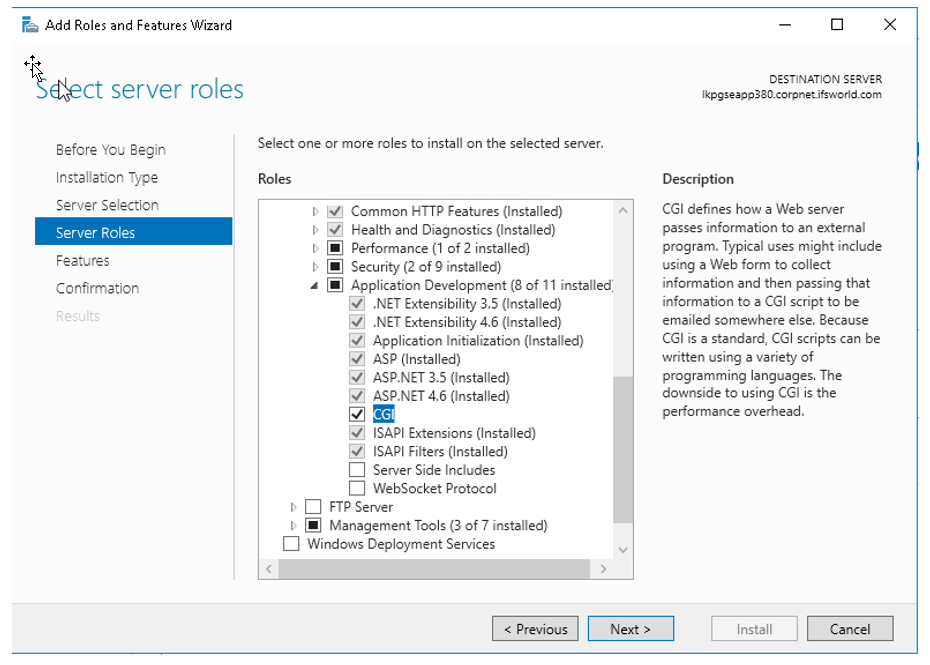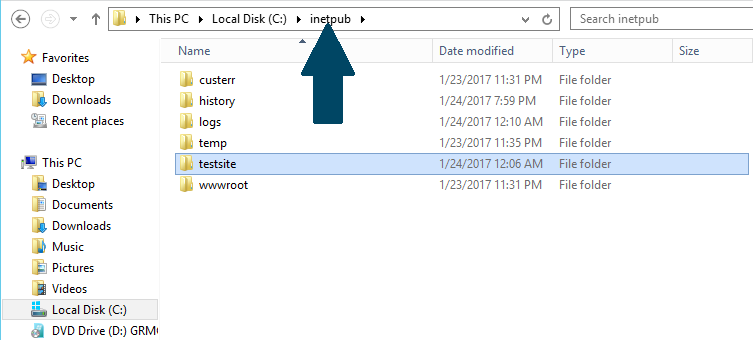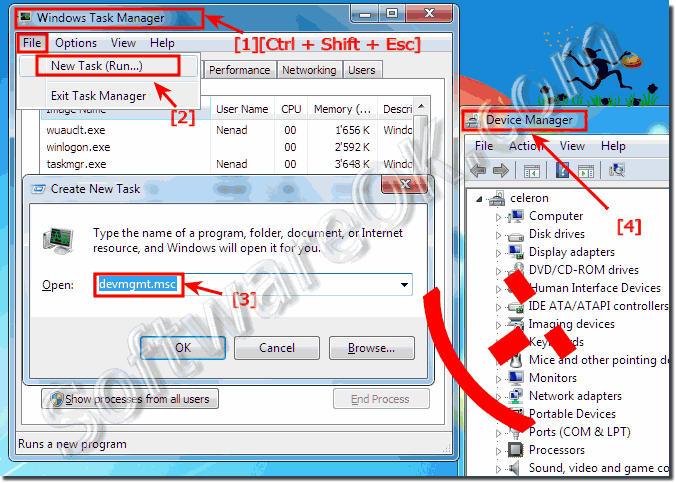


On the “Before you begin” window, simply click the Next button.Click the “Add roles and features” text.If it’s not there simply type “Server Manager” with the start menu open and it should be found in the search. Open Server Manager, this can be found in the start menu.If your server has the graphical user interface component installed you can also install IIS by following these steps. We can perform a simple test by opening up a web browser and browsing to the server that we have installed IIS on.At this point IIS should be running on port 80 by default with the firewall rule “World Wide Web Services (HTTP Traffic-In)” enabled in Windows firewall automatically. Once the installation has succeeded, you’ll be returned to the PowerShell prompt.If you do not plan on managing IIS through this server then you may prefer to not include this option. Here we include the management tools so that you can manage IIS on this server, as these are generally installed when using the GUI, making this PowerShell command equivalent with the GUI method below.

Install-WindowsFeature -name Web-Server -IncludeManagementTools



 0 kommentar(er)
0 kommentar(er)
